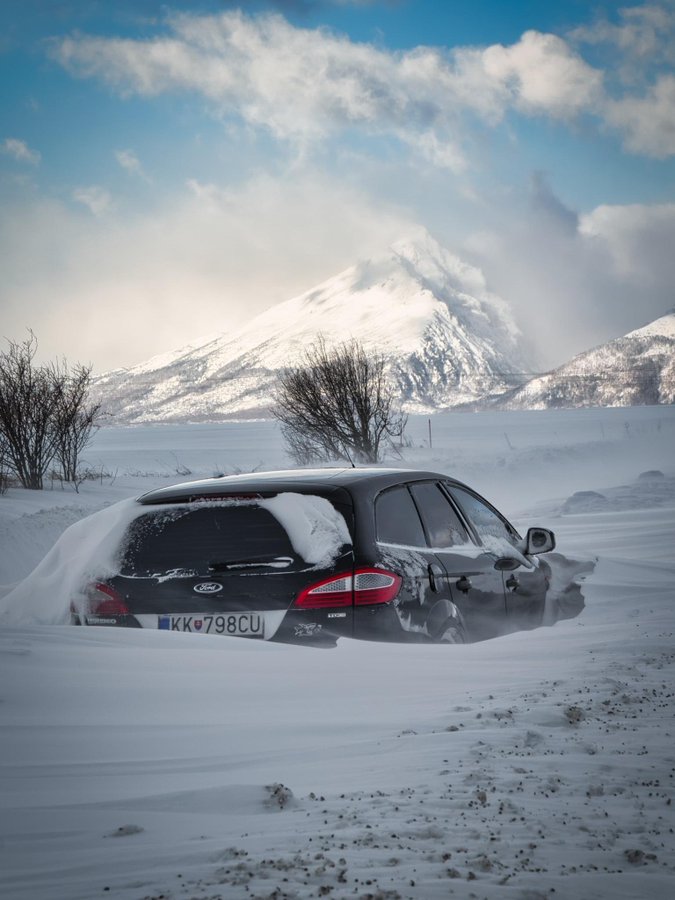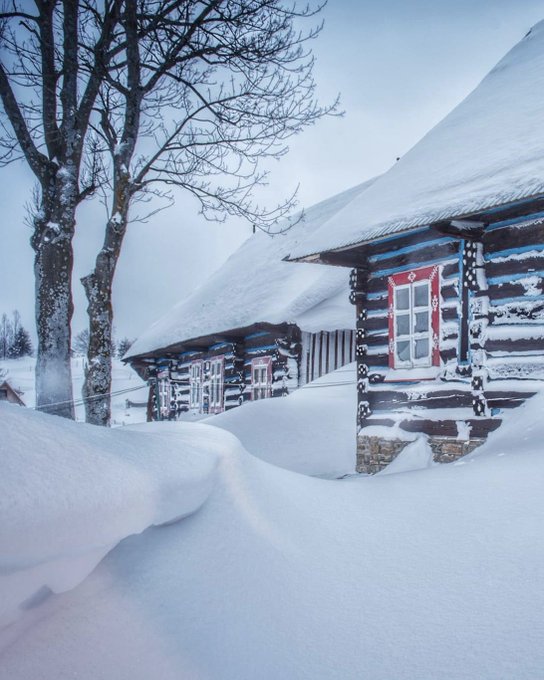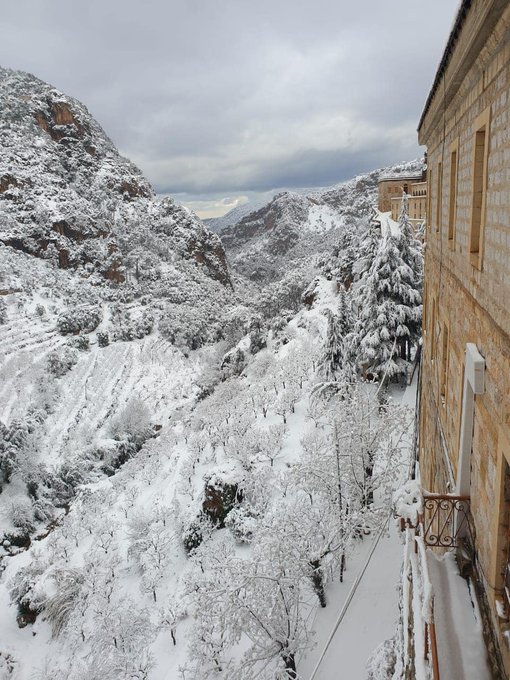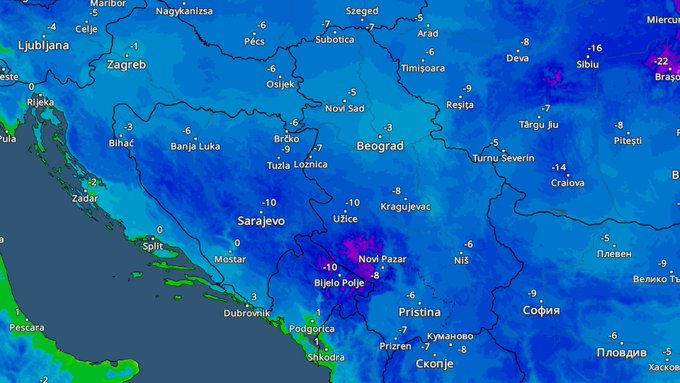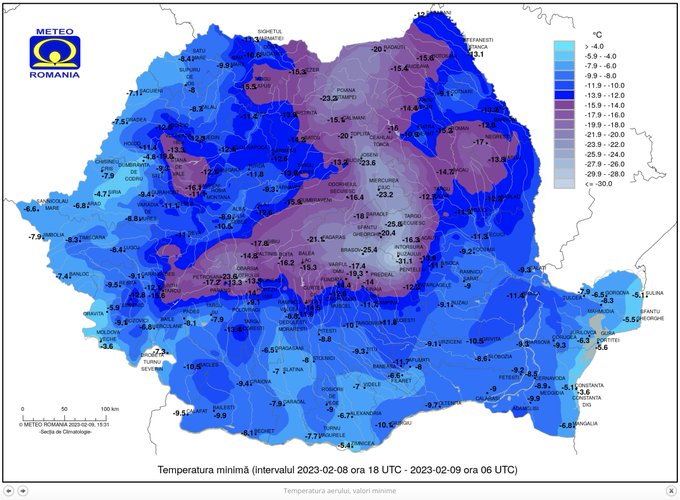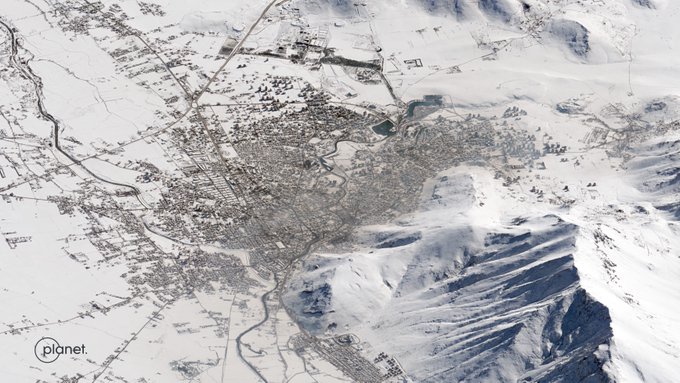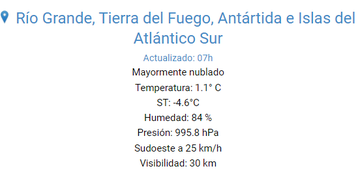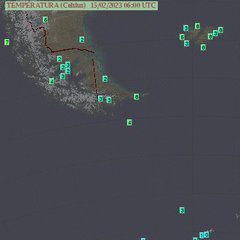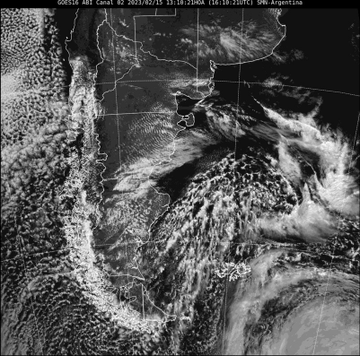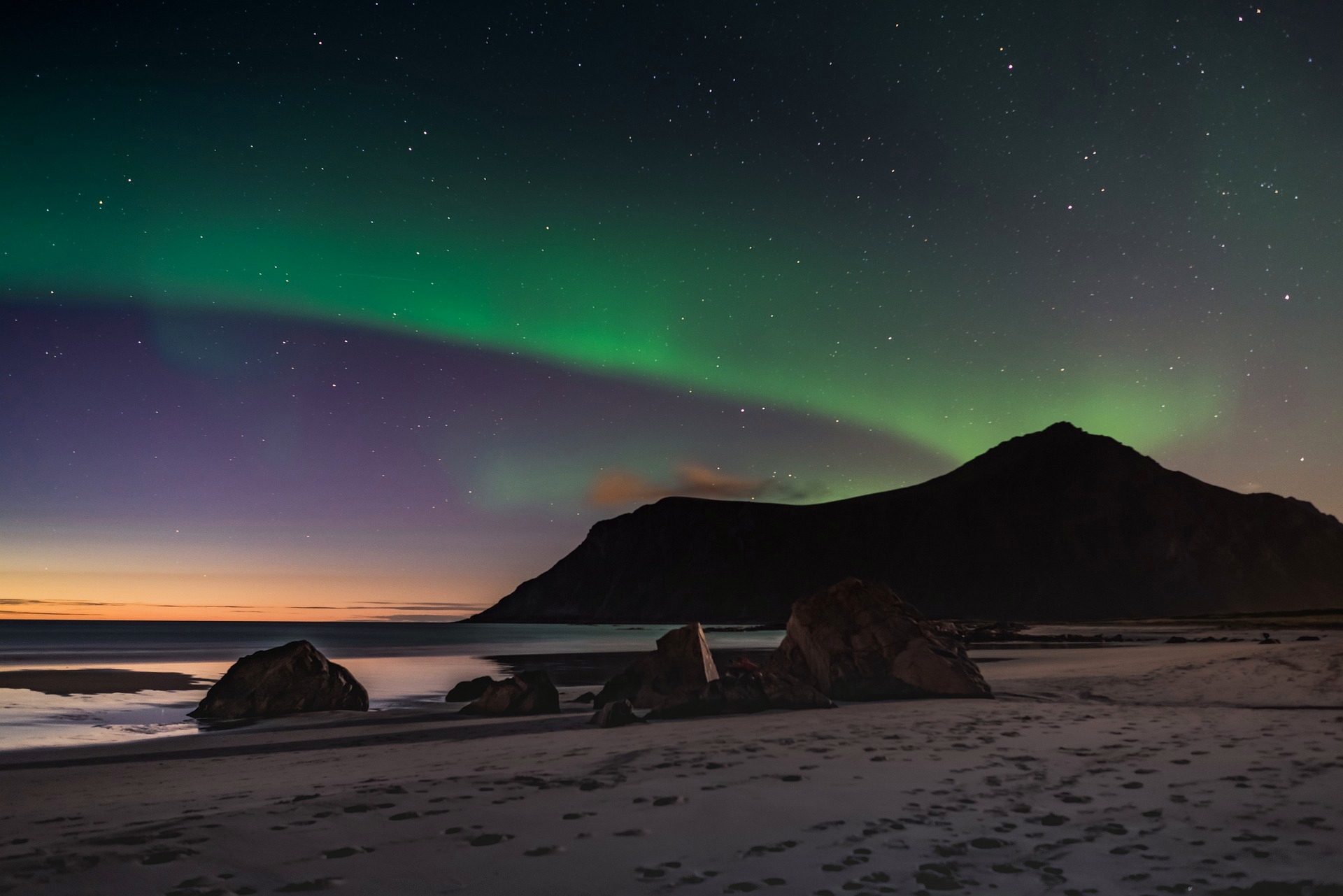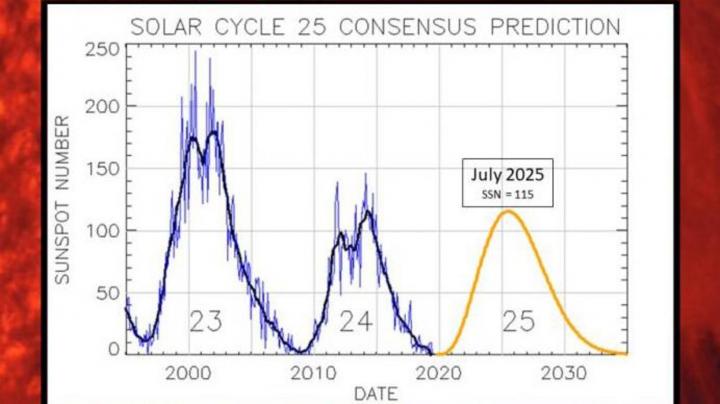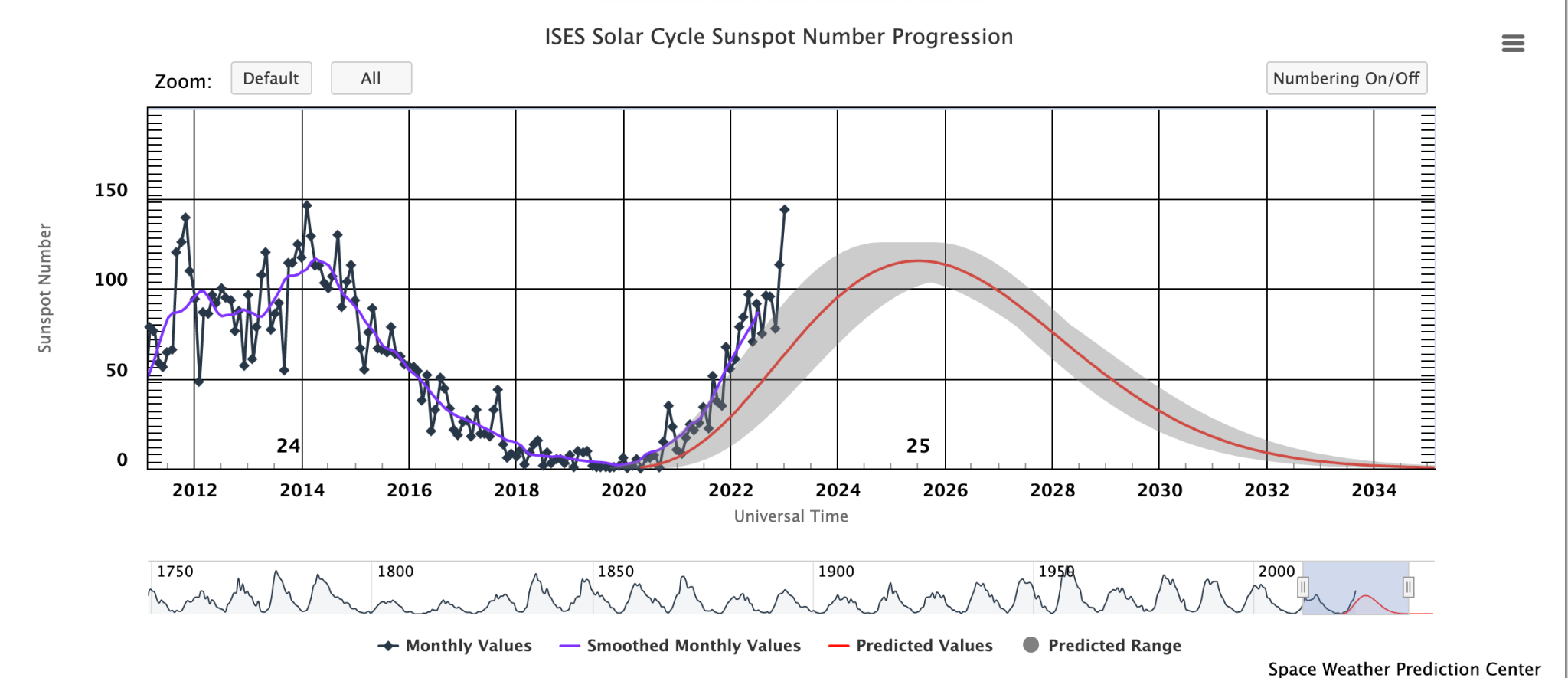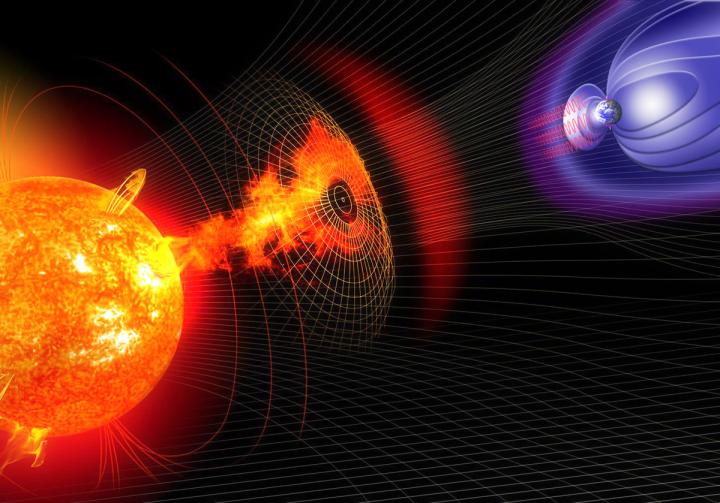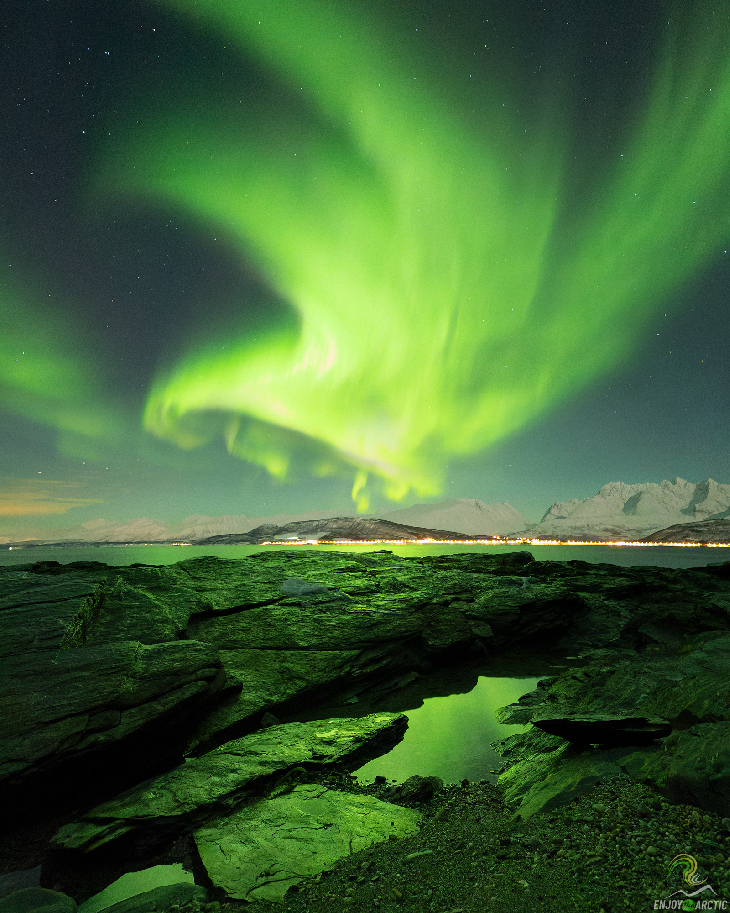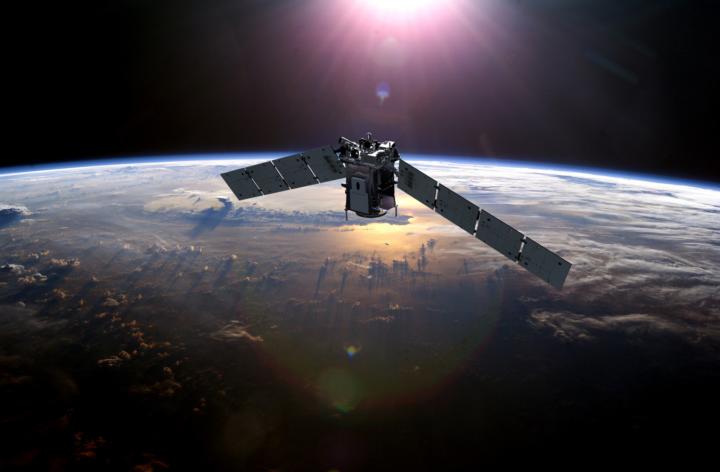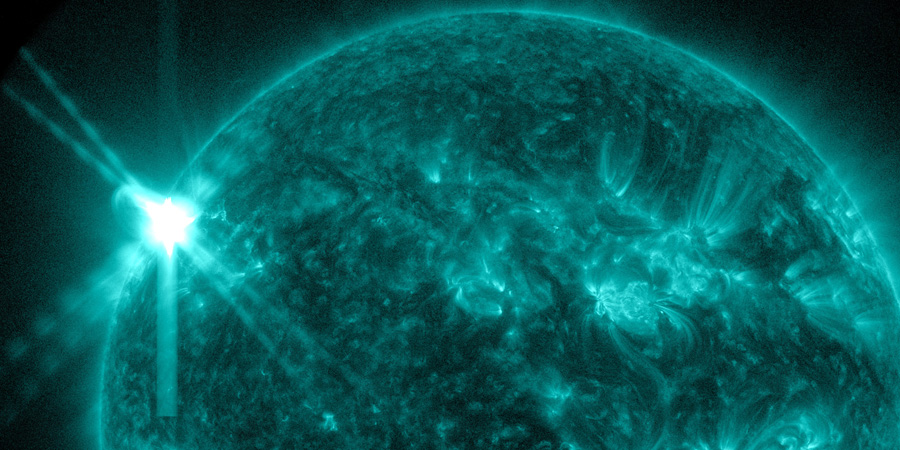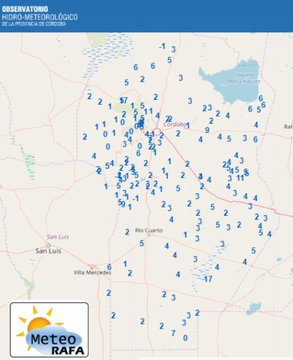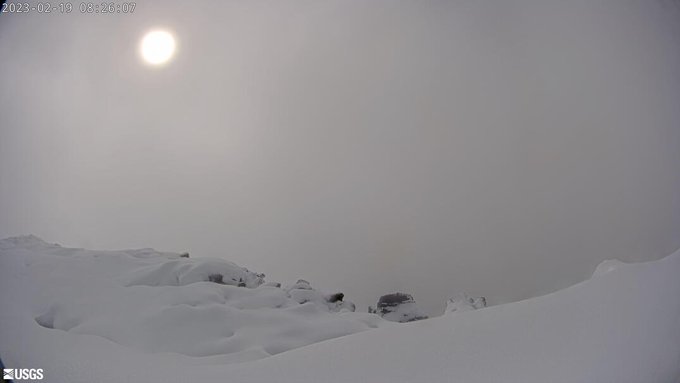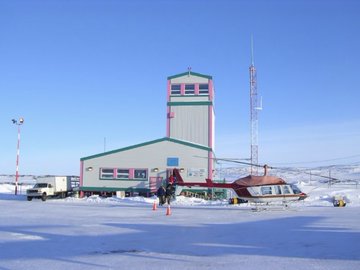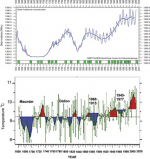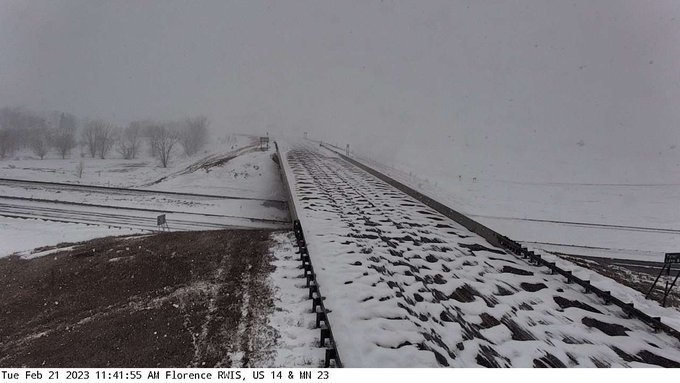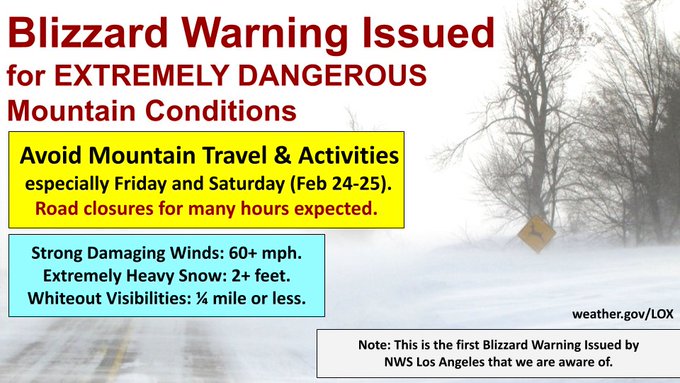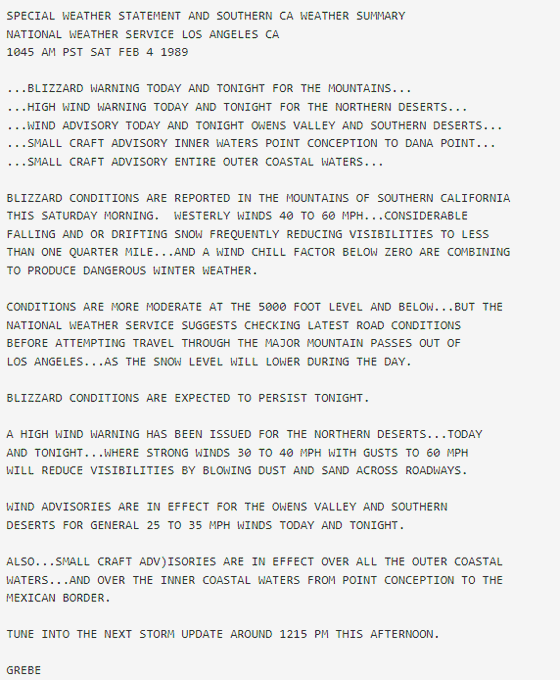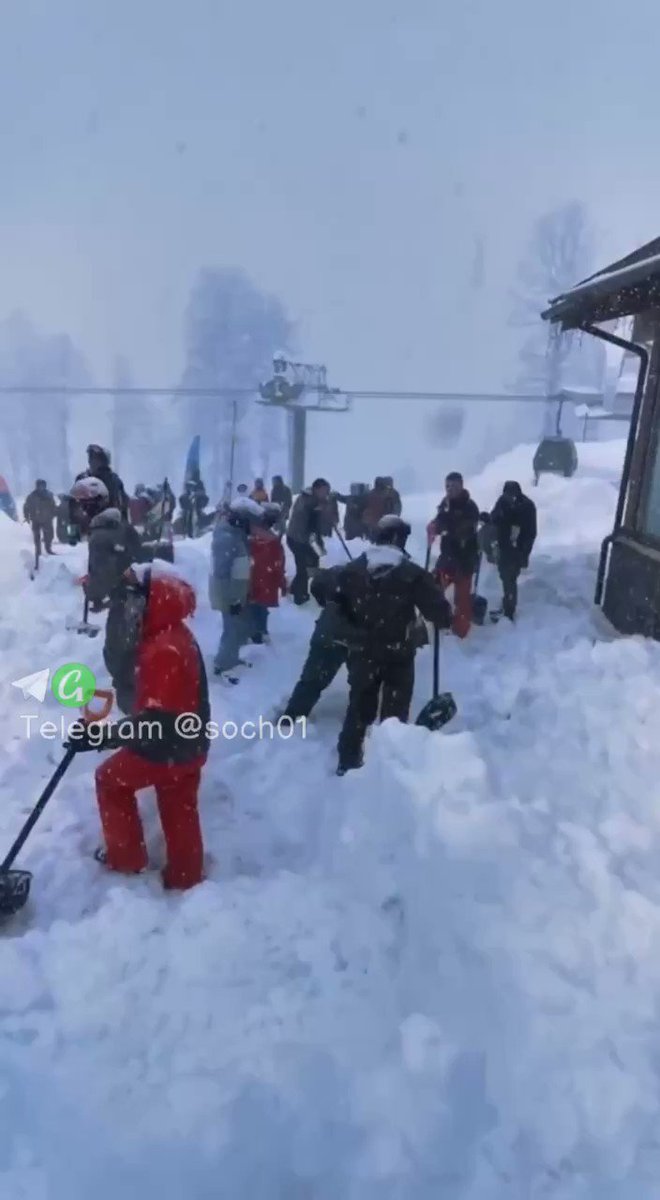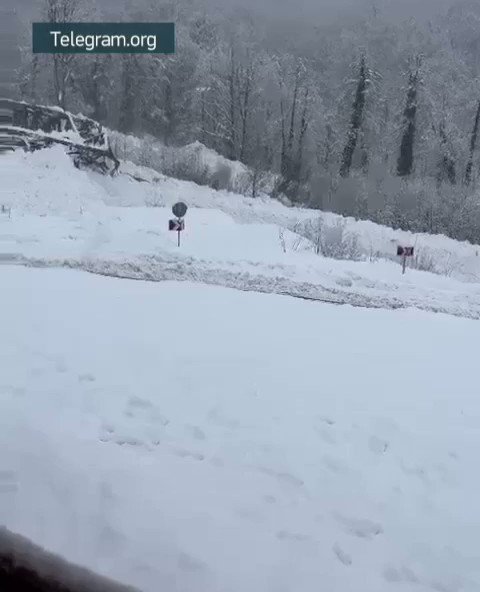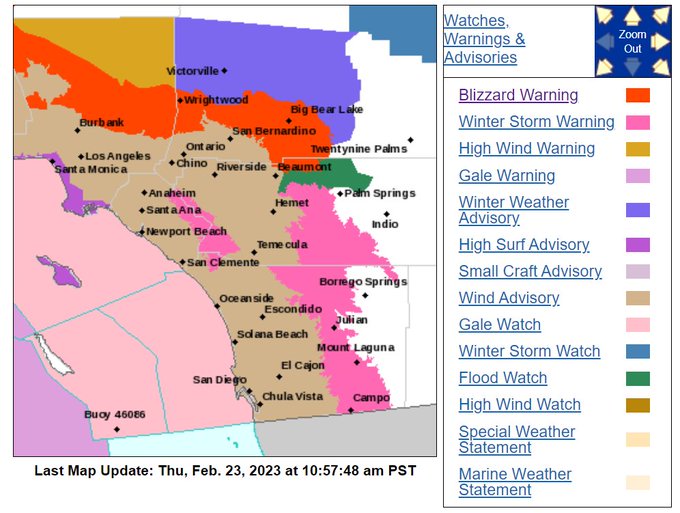Electroverse
Articles Extreme Weather
North America Could Be Hit AGAIN; + Europe’s Snow Blocks Roads, Traps Trains, And Kills At Least 10 In The Austrian/Swiss Alps Alone
February 7, 2023 Cap Allon
North America Could Be Hit AGAIN
Regions of North America are emerging from what was a bone-chilling, record-setting first week of February.
Ice-slicked roads across Texas, Oklahoma, and Arkansas were blamed for at least 10 traffic deaths earlier last week, and then by the weekend, the fiercest Arctic front in decades was barreling into the northeast, bringing life-threatening cold to New England and parts of Eastern and Atlantic Canada, which included
the continental U.S.’s coldest wind chill reading ever recorded at Mt Washington.
Long-standing record low temperatures were busted across New England over the weekend, including in Boston, which bottomed-out at -23C (-9.4F) to smash its 1886 record -of 18C (0.4F); and Bridgeport, Connecticut which suffered -20C (-4F), comfortably usurping its previous February low of -15C (5F) set in 1996 (solar minimum of cycle 22).
The record cold also engulfed Eastern and Atlantic Canada, with ‘extreme cold alerts’ issued in Ontario, Quebec, and all the Maritime provinces, as well as parts of Nunavut and the Northwest Territories. Environment Canada meteorologist Darin Borgel called the persistent, frigid temperatures and wind chill values “unprecedented” for the region.
“This has been an absolutely record-breaking cold snap for all of Eastern Canada,” continued Borgel.
Arctic Outbreaks may very much be part of a Canadian winter, but this one stood out for its severity and brevity, he added.
This past weekend’s historic freeze comes a mere six weeks after an equally impressive ‘bomb cyclone’ clipped much of North America over the Holiday season, killing at least 100 people –many of those in Buffalo after 7 feet of snow fell– and leaving millions more shivering in the dark as power outages hit.
US Arctic Outbreak Fells Hundreds Of Records, Death Toll Hits 72 (And Rising); Rare Snow Hits Mexico City; Historic Accumulations In Japan Kill At Least 20; + Flurries Coat The Azores

Americans are freezing to death in their cars and in their own beds — not quite what the global warming hypothesis foretold.
 Electroverse
Electroverse

Americans were left without electricity
this time round, too: 70,000 went without in Arkansas, 25,000 in Nova Scotia, and, as always seems to be the worst hit, some 500,000 lost power across Texas which, for many, meant no heating during the fiercest depths of the big freeze.
Returning to the Northeast, February 4 was one of the coldest days ever recorded in New York State. As per local reports, trees froze solid, the ground cracked with “ice quakes”, and just a few minutes outdoors would see frostbite set in.
The Hudson Valley became a frozen tundra with temperatures dropping down to -17.8C (0F) in Newburgh and even lower in Beacon. With the ‘feels-like’ added, the mercury sank as low as -28.3C (-19F) on Saturday morning.
Upstate copped the worst of it, though, where a new record was set atop Whiteface Mountain .
Wind speeds up to 60 miles per hour aided in the new all-time wind chill record of 68.3C (-91F). The actual temperature also broke records, according to the Atmospheric Sciences Research Center (ASRC) Whiteface Mountain Field Station: the -40F posted on Saturday bested the old benchmark of -38.9F.

ASRC Whiteface Mountain Field Station [Facebook].
N.B. Fish Farm Lost 95% Of Its Stock
The freeze had real-world impacts, of course, and on either side of the border.
A northern New Brunswick fish farm lost 95% of its Arctic char during the Outbreak.
Pisciculture Acadienne, an aquaculture farm on the Acadian Peninsula, says the estimated 95,000 to 100,000 fish it lost were worth at least $600,000.
Owner Emmanuel Chiasson said the extreme weather caused a power outage, and the farm’s generator failed. Without power, no water was circulating in the fish’s tanks, so the fish ran out of oxygen.
He said the future of his farm, which has five employees, is uncertain.

A fish farm on the Acadian Peninsula lost 100,000 fish during the freeze [Emmanuel Chiasson].
On Friday and Saturday, wind chill values ranged from -40 to -50 (C), according to Environment Canada, and a myriad of regions saw low-temperature records smased. The extreme cold also led to widespread power outages, including 30,000 in New Brunswick, including in Bas-Caraquet where the fish farm is located.
Chiasson said the generator started, but it kept shutting down because the electronics couldn’t handle the cold. He said the generator is used a lot, since the company sees a power outage every few months, but it’s never failed like this.
He said without power, the fish could survive for about an hour, but it took workers more than two hours to start up the system.
Snowfall
Record snowfall has hit many states this wintry season, including California, Nevada and Colorado — and also Utah.
The below satellite images of Utah taken a year apart show the impact of this winter’s record-breaking snow.
The statewide snowpack is currently some 170%.

Utah snowpack. Credit [USDA].
Utah’s snowpack is so strong that even if it weren’t to see another flake between now and April 1 (the seasonal peak), the state would still finish the year with an above-average snowpack, according to the NWS.
And finally –and as my headline eludes to– the North American continent could be about to be hit AGAIN, later in the month
(a lot can change by then (hr 294), but this is certainly worth keeping a real close eye on):

GFS 2m Temperature Anomalies (C) Feb 18 [
tropicaltidbits.com].

GFS Total Snowfall (inches) Feb 7 to Feb 23 [
tropicaltidbits.com].
Europe’s Snow Blocks Roads, Traps Trains, And Kills At Least 10 In The Austrian/Swiss Alps Alone
Europe is currently in the grips of a plunging Arctic air mass, which, despite MSM pronouncements of a ‘climate emergency-induced snowless winter’ is delivering feet of the stuff to tens-of-millions of Europeans, from Norway to Greece…
Greece
Winter storm ‘Barbara’ –they gave it a name– is pounding Greece. Heavy snow has bee noted far south as Central Evia, with chains on vehicles now a requirement in Attica as well as sections of the Peloponnese.
A ban on large trucks is in place, too, with traffic also restricted in a number of Athens suburbs:
In the Fthiotida region (Central Greece), heavy machinery is dealing with icy conditions on roads from Lamia to Domokos, and from to Amfissa to Karpenissi. “It was an intense night due to icy conditions, but weather phenomena are becoming more intense as of early this morning, ” the Deputy Regional Director said Sunday.
In Magnissia prefecture, 72 plows were running throughout the night in intensifying snowfall — travel here was also banned.
While in nearby
Turkey, some 4,000 people are now confirmed to have died in Monday’s historic M7.8 earthquake, with freezing wintry conditions now compounding the misery and hampering ongoing rescue efforts.
Temperature anomalies of -16C below the seasonal average are sweeping Turkey, with no let-up in sight.

GFS 2m Temperature Anomalies (C) for Feb 8 [
tropicaltidbits.com].
Austria
At the Tyrol ski resort, Austrian authorities have logged at least 17 avalanches over the past 24 hours alone, with the wider Tyrol regions posting 30 on Saturday alone.
Between the Austria and Swiss Alps, at least 10 people are now confirmed to have died over the weekend following intense, record-challening snowfall. Tourists from New Zealand, China and Germany were among the dead.
Authorities have put in place a level four alert, meaning “very large avalanches are likely” — it advises inexperienced skiers to remain on open ski runs and trails and for experienced skiers to stay away from the slopes.
Elsewhere in Austria, heavy snow cut off 70 people from the outside world late last week. According to reports, 3 feet of fresh snow accumulated within 24 hours on Friday, trapping 70 people in the Wildalpen region due to blocked roads.

Trains Trapped In Poland
Trains have stopped running in parts of Poland, including on the Nowy Targ – Zakopane section.
Pictured below is a passenger train that became trapped in drifting snow in Biały Dunajec.
Passengers were evacuated by firefighters.



As with the continent’s cold, Europe’s
snow also shows no signs of abating:

GFS Total Snowfall (inches) Feb 7 to Feb 23 [
tropicaltidbits.com].
Related
Cold Wave Grips East Asia, Felling All-Time Snowfall Records Across Japan; Historic Snow In Moscow; + Christmas Freeze: Extreme Cold/Snow To Blast North America Over The HolidaysDecember 19, 2022In "Extreme Weather"
Hijiori, Japan Loses Power After 2.3m (7.6ft) Of Snow Hits; Severe Weather Warnings Encompass All Of Iceland; + N. Hemisphere Snow Extent Continues To Climb Far-Above Average, With Much More ForecastDecember 22, 2022In "Extreme Weather"
“Blockbuster” Cold Strikes North America; UK On For Its 9th Coldest December In 363-Years Of Record-Keeping; + Japan’s Unprecedented Snow Continues, Strands DriversDecember 20, 2022In "Extreme Weather"






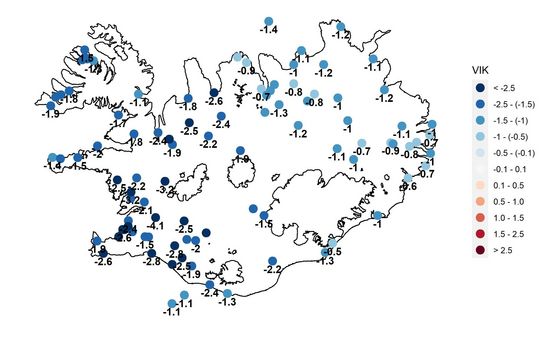
 Snow falling on a mosque destroyed by the earthquake in Malatya, Turkey, on Monday.
Snow falling on a mosque destroyed by the earthquake in Malatya, Turkey, on Monday.
























